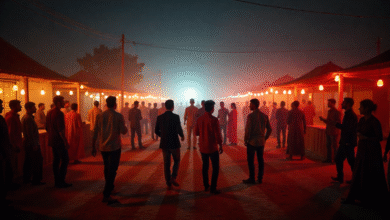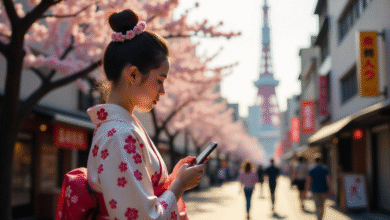Best Time to Visit Japan Your Ultimate Guide to Seasons, Festivals, and Weather
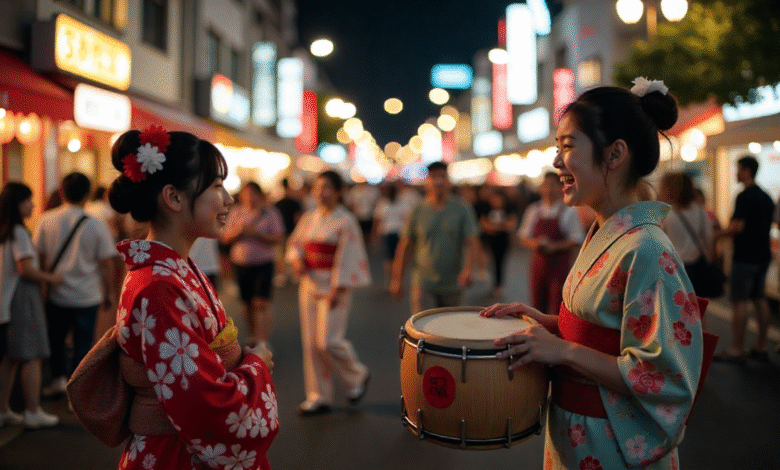
The Best Time to Visit Japan is a question many travelers ask when planning their dream trip. Japan is a country of beautiful seasons, each offering something special. From the blooming cherry blossoms in spring to the colorful leaves in autumn, there is always something to see. If you want to enjoy warm weather and outdoor activities, the spring and autumn months are perfect. Summer is hot and humid but full of lively festivals, while winter is cold yet magical, especially in snowy regions like Hokkaido. Choosing the right time depends on what you want to experience. Planning your trip according to seasons, local festivals, and weather patterns can make your visit unforgettable. Knowing when to go can help you avoid crowds, enjoy the best food, and experience Japan at its finest.
Japan’s unique culture and stunning landscapes make it a year-round destination, but timing your visit can enhance your experience. Spring, from March to May, is famous for cherry blossoms, and it’s a season that brings beauty and celebration across the country. Autumn, from September to November, is perfect for seeing colorful leaves, enjoying cooler weather, and tasting seasonal food. Summer, from June to August, is lively with festivals, fireworks, and beach trips, though the humidity can be high. Winter, from December to February, offers skiing, snowboarding, and cozy hot springs. Each season has its charm, and understanding what each offers can help you plan better. The best time to visit Japan is when the weather suits your activities and when you can enjoy local traditions without stress. With careful planning, your trip will be full of memorable moments and unforgettable experiences.
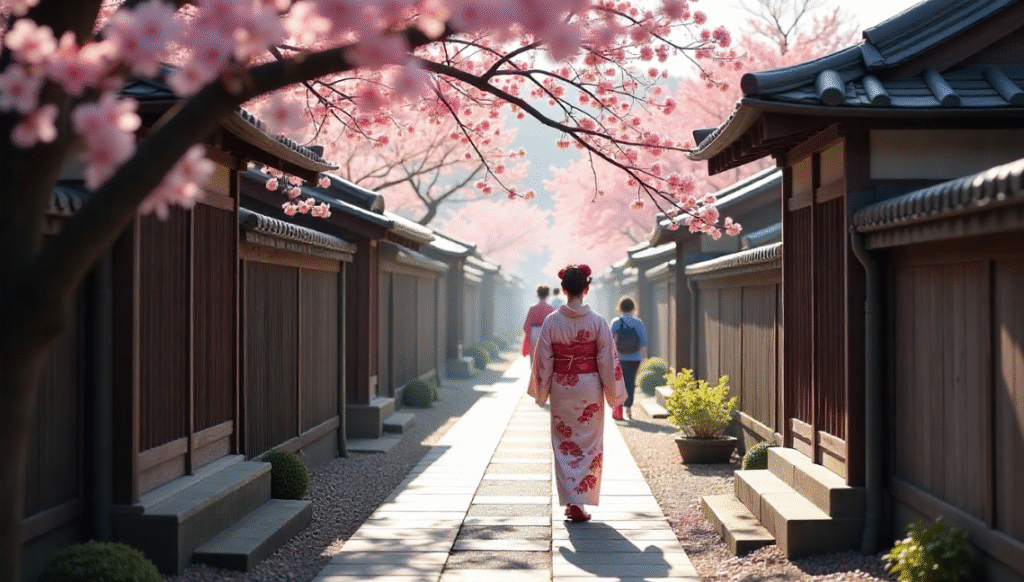
Best Time to Visit Japan: Understanding the Seasons
Japan has four seasons, and each one has something special. Spring is from March to May, summer from June to August, autumn from September to November, and winter from December to February. The weather, activities, and scenery change with each season. Spring and autumn are usually the most comfortable for travelers, with mild weather and beautiful scenery. Summer can be hot and humid, but it has many festivals. Winter is cold, but snowy regions are perfect for skiing and enjoying hot springs. Knowing the seasons will help you decide when to visit based on your preferences.
Spring in Japan: Cherry Blossoms and Festivals
Spring is one of the most popular times to visit Japan. From March to May, cherry blossoms, known as sakura, bloom across the country. Cities like Tokyo, Kyoto, and Osaka are famous for their cherry blossom spots. Spring is also a time for local festivals, street food, and outdoor activities. The weather is mild, and the scenery is beautiful, making it perfect for sightseeing. If you love flowers, photography, and cultural experiences, spring is an ideal time to visit Japan.
During spring, many parks, temples, and riversides become crowded with locals and tourists enjoying cherry blossom picnics. This season is not only about flowers but also about food. Spring brings seasonal treats like sakura-flavored sweets, fresh vegetables, and new seafood. Visiting Japan in spring gives you a chance to enjoy nature, culture, and festivals in a perfect climate.
Summer Adventures: Festivals, Beaches, and Fun
Summer in Japan, from June to August, can be hot and humid, especially in cities like Tokyo and Osaka. However, summer is also full of excitement. Many traditional festivals, known as matsuri, take place during this time. Fireworks festivals, beach trips, and outdoor activities make summer lively and fun. Hokkaido, the northern island, has cooler weather and beautiful lavender fields in summer.
If you love music, dancing, and local culture, summer festivals are a great experience. You can enjoy street food like takoyaki, yakitori, and shaved ice while watching fireworks light up the night sky. Summer is also the perfect time to visit Japan’s beaches and islands. Okinawa and the Izu Islands offer crystal-clear water, snorkeling, and relaxing sunbathing. Despite the heat, summer in Japan is full of life, colors, and joyful moments.
Autumn in Japan: Colorful Leaves and Perfect Weather
Autumn, from September to November, is another excellent time to visit Japan. The weather is cooler, and the landscapes are covered with red, yellow, and orange leaves. Famous spots for autumn foliage include Kyoto, Nikko, and the Japanese Alps. Autumn is ideal for outdoor activities like hiking, temple visits, and sightseeing without the heavy crowds of spring.
Autumn also brings delicious seasonal food, such as mushrooms, chestnuts, and seafood. The air is fresh, the skies are clear, and the colors of nature create a magical atmosphere. Autumn festivals are smaller but charming, offering local performances, food, and traditional rituals. If you want calm, beauty, and good weather, autumn is the best time to visit Japan.

Winter Wonders: Snow, Skiing, and Hot Springs
Winter in Japan, from December to February, is cold, but it offers unique experiences. Northern regions like Hokkaido are covered in snow, perfect for skiing, snowboarding, and snow festivals. The Sapporo Snow Festival is famous worldwide for its ice sculptures and winter activities.
Winter is also a great time to relax in hot springs, called onsen. Cities like Hakone, Nagano, and Kusatsu are famous for onsen resorts. You can enjoy warm baths while seeing snow-covered landscapes. Winter food, like hot pots, ramen, and seasonal seafood, is comforting and delicious. If you love winter sports, snowy scenery, and cozy experiences, visiting Japan in winter is perfect.
Planning Your Trip: Choosing the Best Time to Visit Japan
Choosing the best time to visit Japan depends on your interests, activities, and preferred weather. If you want to see cherry blossoms, visit in spring. If you enjoy autumn leaves, plan for fall. Summer is perfect for festivals, beaches, and lively experiences, while winter is ideal for skiing and hot springs.
It’s also important to consider crowds and travel costs. Spring and autumn are popular seasons, so tickets and hotels may be expensive. Summer festivals are fun but can be hot and crowded. Winter is less crowded except for holidays, and some regions may be very cold. Planning carefully and understanding each season will help you enjoy your trip fully.
Food and Culture: What to Enjoy Each Season
Japan’s food and culture change with the seasons. In spring, enjoy sakura treats and fresh vegetables. Summer offers street food at festivals. Autumn is full of seasonal seafood, mushrooms, and chestnuts. Winter brings warming dishes like hot pots, ramen, and grilled seafood. Each season has unique experiences, festivals, and traditions. Choosing the best time to visit Japan also means you can enjoy local culture and seasonal cuisine at its finest.
Festivals and Special Events: When to Go for Local Celebrations
Japan has many festivals all year. Spring has cherry blossom festivals and traditional events. Summer is festival season, with fireworks, dances, and music. Autumn has harvest festivals and temple rituals. Winter features snow festivals, illumination events, and New Year celebrations. Planning your trip around festivals can make your visit more exciting and memorable.
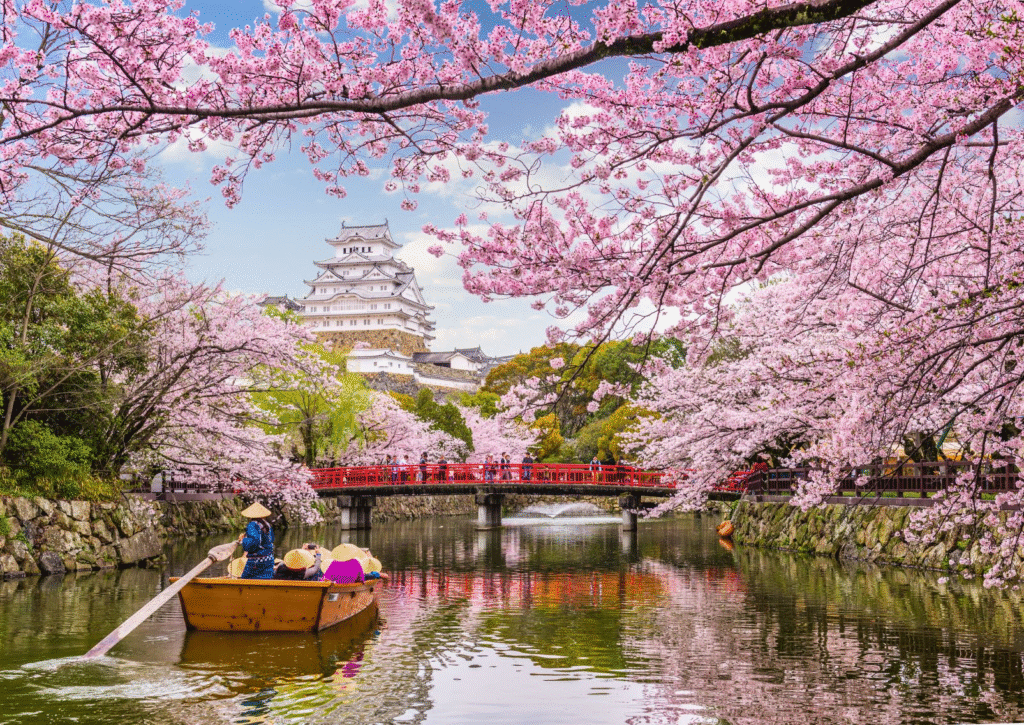
Avoiding Crowds: Tips for Visiting Japan at the Right Time
Japan can be crowded during popular seasons like spring and autumn. If you want a peaceful trip, consider visiting early morning or exploring less-known destinations. Winter and summer (excluding peak holidays) can be less crowded. Booking hotels and transportation in advance is helpful. Knowing the best time to visit Japan for your activities and preferences ensures a smooth and enjoyable journey.
Conclusion
Japan is a beautiful country with experiences for every season. The best time to visit Japan depends on your interests, weather preference, and desired activities. Spring and autumn are ideal for comfortable weather and stunning scenery. Summer is vibrant and full of festivals, while winter offers snowy adventures and hot springs. Planning your trip carefully will help you enjoy Japan to the fullest, experience its culture, and create unforgettable memories.
FAQs
Q1: When is cherry blossom season in Japan?
A1: Cherry blossom season is usually from late March to early April, but it varies by region. Southern areas bloom earlier than northern regions.
Q2: Is summer a good time to visit Japan?
A2: Yes, summer is great for festivals, beaches, and outdoor activities, but it can be hot and humid, especially in cities like Tokyo and Osaka.
Q3: Which season is best for autumn leaves in Japan?
A3: Autumn foliage is best from mid-November to early December, depending on the region. Kyoto, Nikko, and the Japanese Alps are top spots.
Q4: Can I enjoy skiing in Japan?
A4: Absolutely! Winter, from December to February, is perfect for skiing in Hokkaido, Nagano, and Niigata, along with enjoying hot springs.
Q5: How can I avoid crowds in Japan?
A5: Visit early morning, explore offbeat destinations, or travel in winter (outside holidays) for a more peaceful experience.


